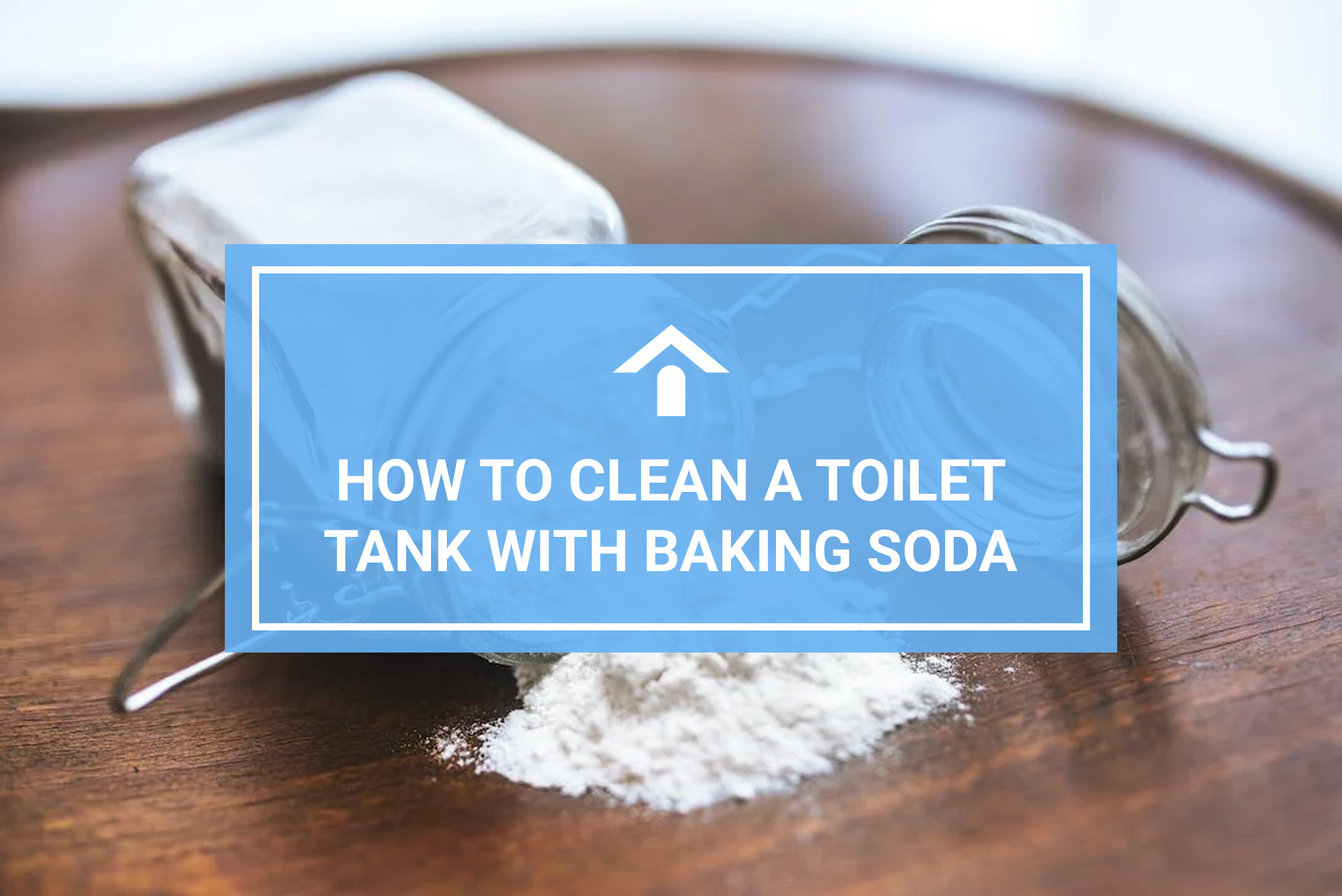Fire extinguishers are essential safety devices that can help prevent a small fire from becoming large and dangerous. However, once you have used your fire extinguisher, it’s necessary to refill or recharge it as soon as possible to ensure that it is ready to use in the event of another fire.
Refilling a fire extinguisher is not only important for safety, but it can also save you money in the long run. Instead of purchasing a new fire extinguisher every time it runs out, you can refill the existing one, which is often less expensive.
Brief Overview of Fire Extinguisher Refilling
Fire extinguisher refilling involves removing the remaining contents of an extinguisher, checking and repairing any damaged parts, and refilling it with a new extinguishing agent. Training professionals must carry out a crucial process to ensure the fire extinguisher functions appropriately.
Types of Fire Extinguishers
Different fire extinguishers are designed to put out specific types of fires. It’s important to understand the different types of fire extinguishers and their uses to ensure you use the right extinguisher for the fire.
- Class A fire extinguishers are handy for putting out fires that involve daily use items or ordinary combustibles like clothes, wood, paper, etc.
- Class B fire extinguishers help to put out fires involving flammable liquids or gases, such as gasoline or propane.
- Class C fire extinguishers help to put out fires involving electrical equipment, such as computers or appliances.
- Class D fire extinguishers put out fires that involve flammable metals.
- Class K fire extinguishers put out fires that involve cooking oils or fats, such as in commercial kitchens.
Identifying Your Fire Extinguisher Type
To identify the type of fire extinguisher you have, check the label or tag. It will indicate the class or classes of fire that the extinguisher is designed to put out. Make sure to read and understand the instructions and proper use of the extinguisher before attempting to use it.
When to Refill a Fire Extinguisher?
Signs Your Fire Extinguisher Needs Refilling
It is essential to refill your fire extinguisher on time to ensure that it is functional when you need it the most. Here are some signs that indicate that your fire extinguisher needs refilling:
- A visual inspection shows that the pressure gauge is not in the green zone. The pressure gauge shows the level of pressure inside the fire extinguisher. If it indicates that the pressure is low or not in the green zone, the fire extinguisher needs a refill.
- The weight of the fire extinguisher is less than the recommended level. Every fire extinguisher has a specific weight that indicates how much extinguishing agent is inside. If the weight falls short of the recommended level, the fire extinguisher needs a refill.
- The fire extinguisher has been used even for a small fire. Refill it immediately whenever you use a fire extinguisher, even for a small fire. Using even a small amount of extinguishing agent can lower the pressure inside the fire extinguisher, making it less effective for future use.
Frequency of Fire Extinguisher Refilling
It is recommended to get your fire extinguisher inspected every year by a professional. If you use the fire extinguisher, even for a small fire, you should get it refilled as soon as possible. It is better to be safe than sorry; having a functional fire extinguisher can make a huge difference in an emergency.
Where Can You Refill a Fire Extinguisher?
There are several places where you can refill your fire extinguisher. Here are some of the most common locations:
- Fire Equipment Suppliers: Fire equipment suppliers are the most common locations for fire extinguisher refilling. They have the necessary tools and knowledge to refill your fire extinguisher and ensure it is in perfect working condition.
- Fire Departments: Some fire departments offer fire extinguisher refilling services. Check with your local fire department to see if they provide this service.
- Certified Professionals: These professionals are trained to refill fire extinguishers. They can be found through online directories or by searching for “fire extinguisher refilling services” online.
Finding a Professional for Refilling
It is vital to find a qualified professional to refill your fire extinguisher. Look for a professional who is certified and has experience in fire safety. You can also check reviews and ratings online to find a reliable professional. It is always better to choose a professional familiar with the type of fire extinguisher you have.
What is the Step-by-Step Process of Refilling a Fire Extinguisher?
Before you begin refilling your fire extinguisher, you will need to gather the necessary equipment and materials. This includes:
- A fire extinguisher refill kit (with a new extinguisher agent and a new seal)
- A funnel
- A scale
- Safety goggles
- Rubber gloves
- A mask
Note: Make sure that the area where you will be refilling your fire extinguisher is well-ventilated and away from any sources of heat or flame.
Discharging the Fire Extinguisher
First, discharge the old agent from the fire extinguisher. To do this, you must hold the fire extinguisher upside down and press the handle until all the agents have been released. Once the fire extinguisher is completely empty, use a screwdriver or a pair of pliers to remove the head from the cylinder.
Weighing the Cylinder
Using a scale, weigh the cylinder to determine the amount of new extinguisher agent you need to refill it. The weight of the cylinder should be stamped on the label, and you can find the weight of the agent by subtracting the weight of the cylinder from the total weight of the fire extinguisher when it is full.
Filling the Fire Extinguisher
Using a funnel, carefully pour the new extinguisher agent into the cylinder until it reaches the required weight. Be sure to follow the manufacturer’s instructions for the type of agent being used. Once the cylinder is full, replace the head and tighten it securely.
Sealing the Fire Extinguisher
After refilling, the fire extinguisher must be sealed to prevent accidental discharge. Apply a new seal to the head of the cylinder and tighten it securely.
Testing the Fire Extinguisher
Once the fire extinguisher has been refilled and sealed, test it to ensure it functions properly. To do this, perform a visual inspection of the fire extinguisher to make sure it is free of damage and corrosion. Then, perform a test discharge to ensure the agent is expelled with sufficient force and coverage.
Always wear proper safety equipment when handling fire extinguishers, as the agents can be hazardous to your health.
How to Test Your Fire Extinguisher After Refilling?
Once the fire extinguisher has been refilled and sealed, testing it to ensure it functions correctly is important. This helps guarantee that it is ready for use in an emergency.
To test your fire extinguisher, perform a visual inspection to check for any damage or corrosion. Then, perform a test discharge to check the agent is expelled with sufficient force and coverage. Having your fire extinguisher tested and inspected by a professional at least once a year is recommended.
Maintenance and Inspection of Fire Extinguishers
Proper maintenance and regular inspections are essential to ensure your fire extinguishers are in good working condition when needed. Here are some tips for maintaining and inspecting your fire extinguishers:
- Check the pressure gauge on your fire extinguisher regularly to ensure it is charged and ready for use.
- Inspect the fire extinguisher for damage or corrosion, and replace it if it is damaged.
- Ensure the fire extinguisher is mounted in a visible and easily accessible location.
- Verify that the safety pin is in place and the tamper seal is intact.
- Have your fire extinguishers professionally inspected and serviced annually.
Tips for Fire Extinguisher Safety
While fire extinguishers can effectively extinguish small fires, using them safely and correctly is important. Here are some best practices for using fire extinguishers:
- Only attempt to use a fire extinguisher on a small fire that you can safely put out.
- Know the type of fire extinguisher you have and the types of fires it can be used on.
- When using a fire extinguisher, follow the PASS method: pull the safety pin, aim at the fire’s base, squeeze the handle, and sweep from side to side.
- Call the fire department immediately if the fire is too large to handle with a fire extinguisher or if the fire continues to grow after using the extinguisher.
Professional Fire Protection Companies Can Help
It is important to remember that not all fires can be safely extinguished with a fire extinguisher. In some cases, evacuating the building may be necessary and calling for professional help. If you have any doubts about using a fire extinguisher or need assistance with refilling or maintaining your fire extinguishers, contact a professional fire protection company for help.






